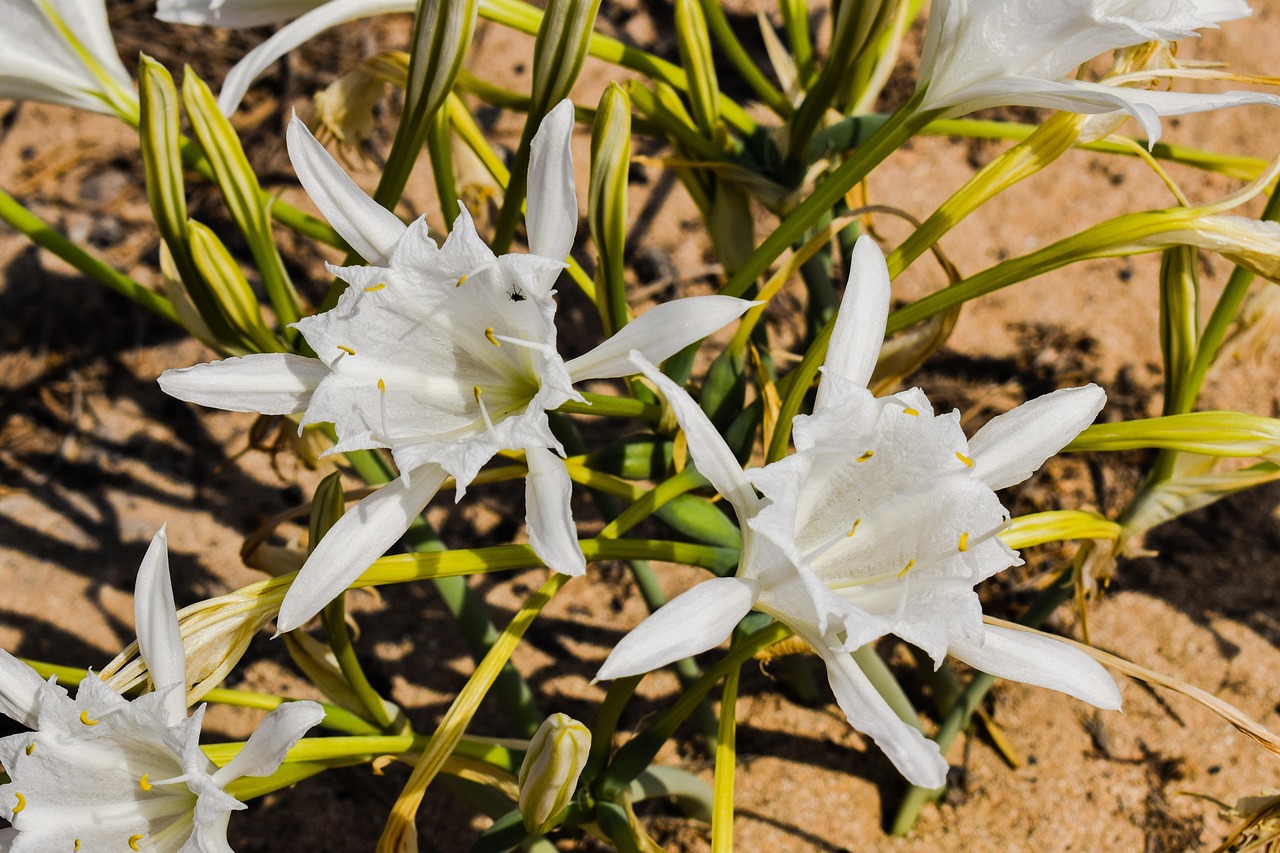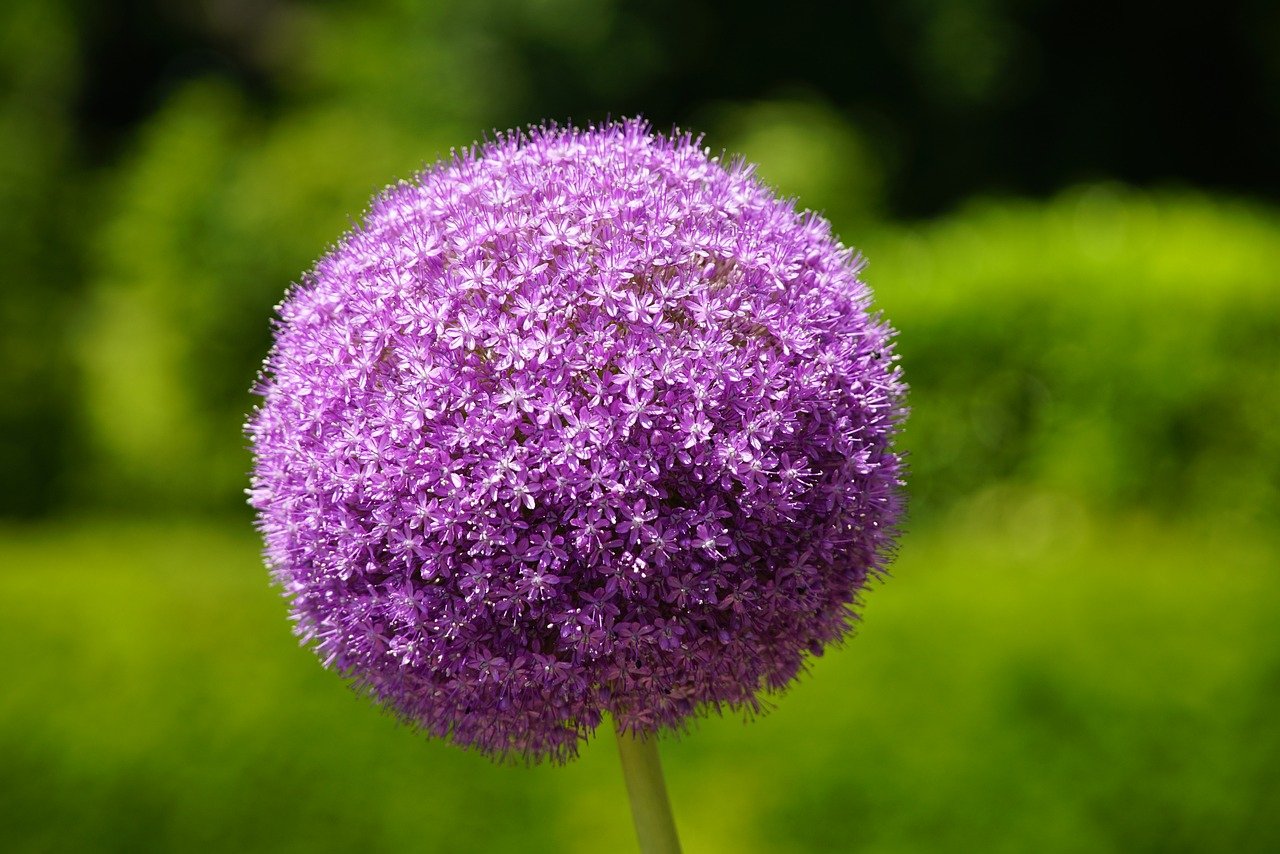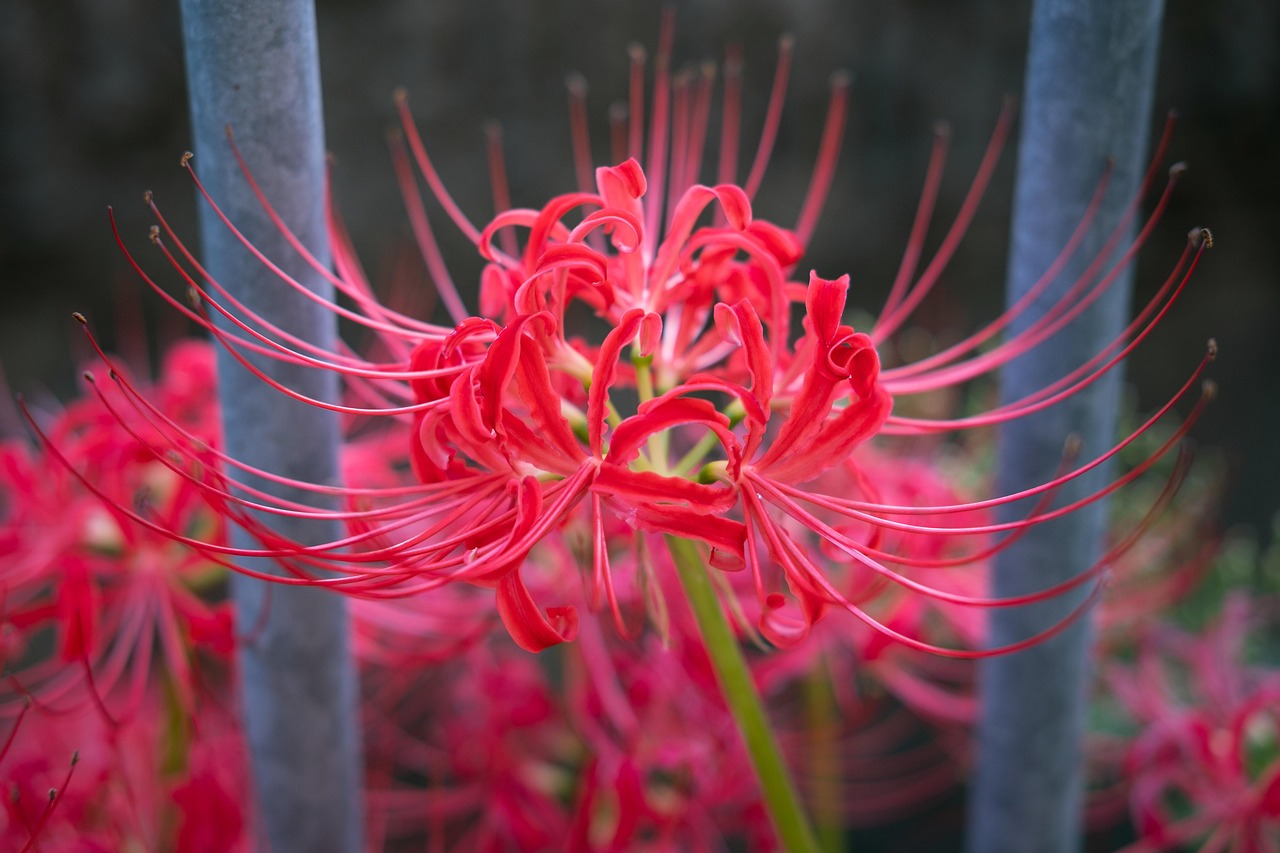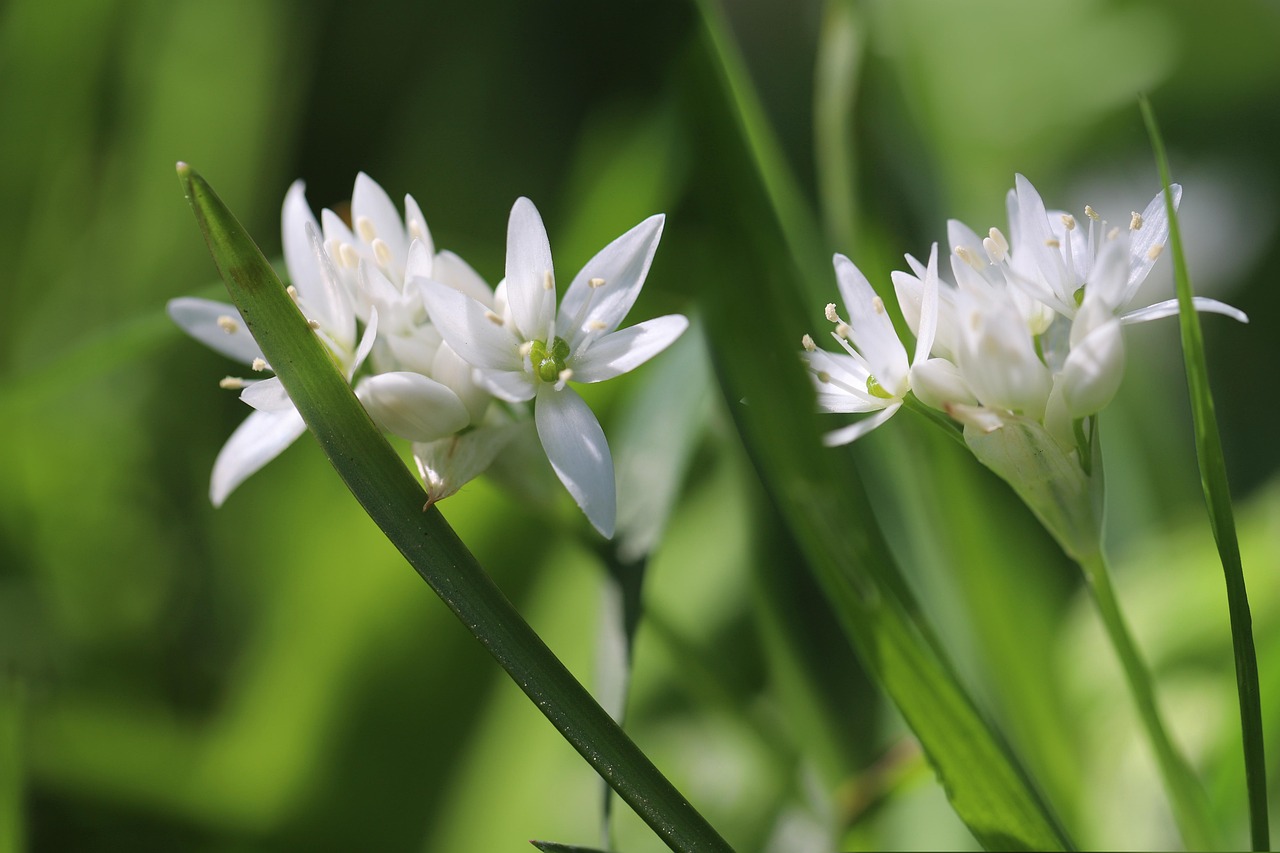Chives | A Culinary and Ornamental Herb from Medieval Monasteries
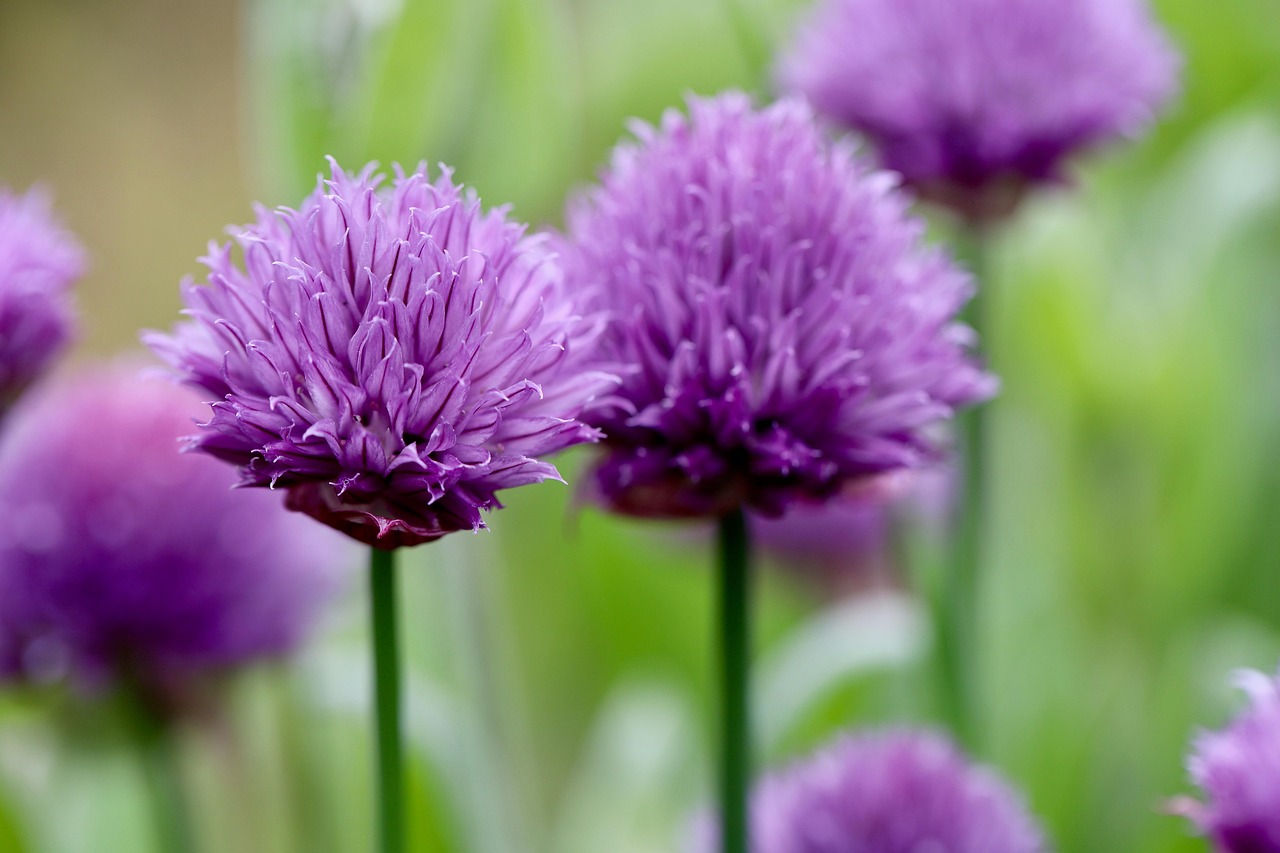
Chives are perennial plants characterized by slender leaves and charming spherical flowers. Although well known as a herb, they are also valued for their ornamental appeal and can be easily grown in gardens or pots.
In this article, I will explain in detail the basic information, cultural and historical background, and cultivation methods of chives.
Basic Information
- Scientific name: Allium schoenoprasum
- Family: Amaryllidaceae
- Origin: Europe, Asia, North America
- Appearance: Dense clusters of narrow leaves with small spherical flowers in pale purple or pink, blooming from spring to summer.
- Flowering season: From spring to early summer; in cool climates, they may bloom again in autumn.
Cultural Significance Worldwide
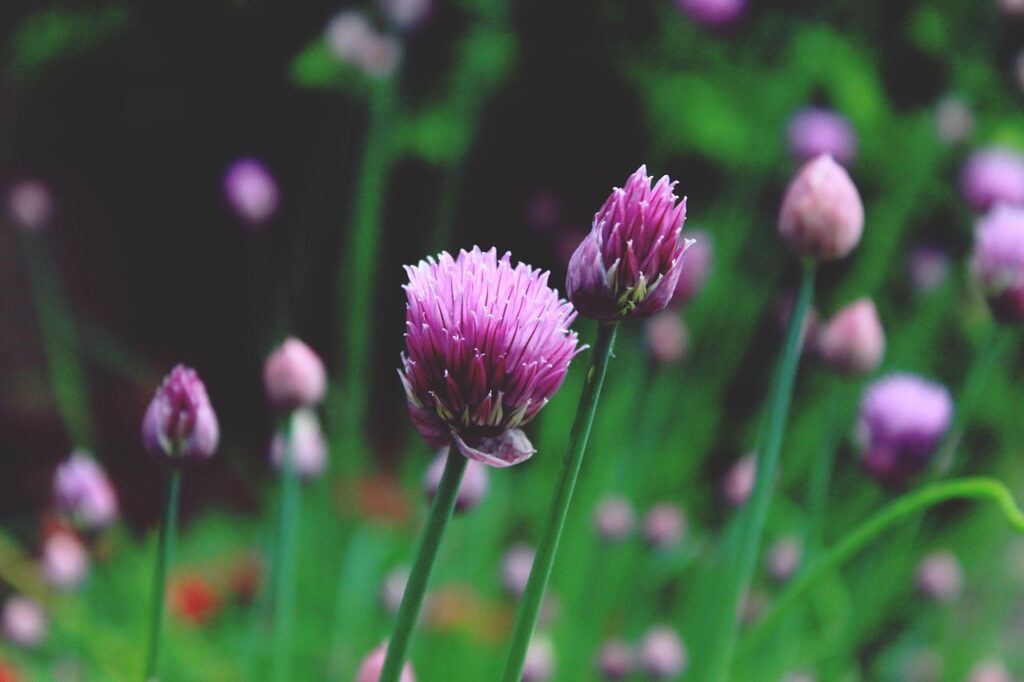
Chives have long been cherished in various cultures for their beauty and ease of cultivation.
In Europe, they have traditionally been planted as part of herb gardens, becoming indispensable in monastic gardens and home vegetable plots.
In French and English gardens, the purple flowers were often used to border flower beds, giving them a decorative role.
In Asia, particularly in China and Mongolia, chives have been cultivated since ancient times and are familiar as part of the landscape. In China, they were believed to ward off misfortune, and people planted them near gates and in front yards.
In North America, chives spread alongside native species and are sometimes seen as wildflowers in gardens and parks.
Historical Episodes
Chives have an ancient history, being cultivated as early as Roman times.
With the expansion of the Roman Empire, they spread throughout Europe, and by the Middle Ages, their cultivation in monasteries was flourishing. Monks planted chives in their gardens, observing and recording their properties.
By the 17th century, they were incorporated into the gardens of the French court, valued as ornamental plants.
In Victorian England, chives became a popular element in garden design, adding accents to flower beds.
Gardening Advice
Chives are hardy, easy to grow, and suitable for both gardens and pots.
Sunlight
Prefer sunny locations, though they tolerate partial shade.
Watering
Water when the soil surface becomes dry. Avoid overwatering to prevent root rot.
Soil
Well-drained soil is best; sandy soil or potting soil mixed with compost is suitable.
Fertilizer
During the growing season, apply a slow-release fertilizer about once a month.
Cold resistance
Very hardy; they overwinter underground and sprout again in spring.
Conclusion
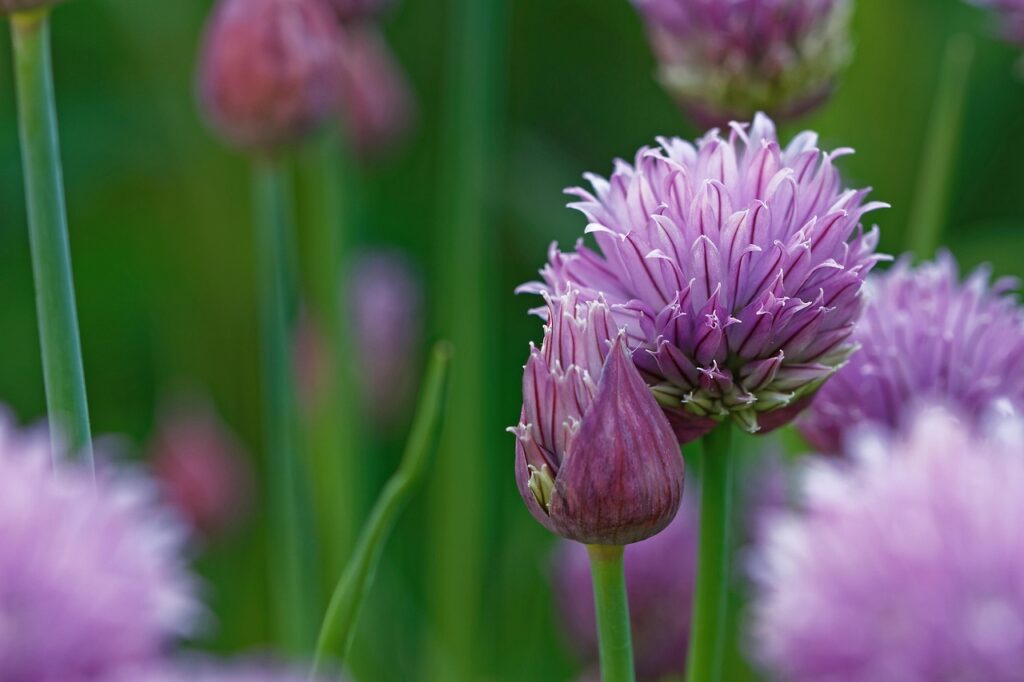
Chives, with their slender leaves and pale purple blossoms, are perennials that can be enjoyed both as herbs and ornamentals.
In Europe, they were cultivated in monasteries and royal gardens; in Asia, they were planted as protective plants to ward off misfortune. Spread by the Roman Empire, they became established throughout Europe from the Middle Ages onward.
Hardy and easy to care for, chives will bloom beautifully year after year if provided with sunlight and well-drained soil.


